From time to time I’ve been asked whether I’ve read all of Gertrude Stein’s works and all of the other Stein-related books that I have in my collection. I must honestly say ‘No’ though I have heard of some Stein collectors who have read all of her works and also of some who supposedly have read none of her writings.
Every so often I pick up one of the books from my currently disarrayed collection to read it. (Too many exhibitions have caused me to shuffle things from here to there and there to here, so to once again overuse Our Miss Stein’s quote: “There is no there there!”)
The other week I selected an almost 50 year old biography of the Cone sisters, Claribel and Etta,called THE COLLECTORS: DR. CLARIBEL AND MISS ETTA CONE by Barbara Pollack.
The Cones are hot right now because a number of their paintings are both in THE STEINS COLLECT exhibition at San Francisco’s Museum of Modern Art and also in an exhibition at the Jewish Museum in New York City through September. The title of this post was inspired by the headline of a review of the Jewish Museum show in the Jewish Daily Forward :
“Coneheads Conquer New York: A First-Rate Collection by Two Baltimore Sisters Goes on Display”
Pollack’s book is a quick read, written in a conversational style as if she’s sitting in one’s living room, sipping a glass of sherry and telling you all that she’s heard about those rich and eccentric Cone sisters who somehow become possessed by that other rich and eccentric Baltimore family, the Steins. You know those Steins who have been buying these outrageous paintings in Paris – an obsession that the Cones soon embraced, ultimately far outspending the Steins and even acquiring works from the Stein collections.
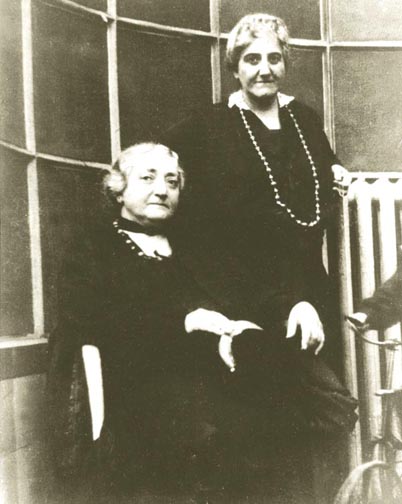
Claribel (1eft) and Etta (right) with a portion of the tricycle of Sarah and Michael Stein's grandson, Daniel (circa mid 1920s)
The Cones were much wealthier than the Steins acquiring most of their money from the Cone Mills, one of the countries primary textile manufacturers with a focus on denim. Sales really boomed during World War I as they were a major supplier for the U.S. Army.
The mill’s legacy is carried on today and is represented by a very slick, stylish website:
Though the two sisters were inseparable in their later years, ClaribelandEtta, much like GertrudeandAlice, Pollack’s biography chronicles their lives as very independent women. Claribel initially made her mark as a physician at a time when there were few women admitted to medical schools, while Etta, who often assumed the role of housekeeper, could also be said to be the initiator of the Cone’s art collecting.
In 1896, Etta was given $500 by her older brother Moses to purchase whatever she wanted to make their home more beautiful. Etta decided to spend the money on four paintings by an American artist, Theodore Robinson, whose work she had seen in a museum a few months earlier. It was also a young Etta who learned about European art under the mentorship of Leo Stein during her first trips to Europe with some of her girlfriends.
It would be ten years later that Etta bought her first Picassos, a watercolor and an etching, for $20, while visiting his studio with Gertrude who was sitting for the famous 1906 portrait. Claribel met Picasso a few weeks later and Etta bought an additional eleven drawings and seven etchings for about $2 apiece! (It was also during these pre-Alice days that Etta was typing the manuscript for Gertrude’s book THREE LIVES.)
The sisters had met Matisse a few months earlier at Michael and Sarah Stein’s home in Paris and by the fall of 1906, Etta had bought her first Matisse oil, Yellow Pottery from Provence. Purchases continued throughout the years, but not only paintings. Lace, antique furniture, and 15th and 16th century Italian fabrics joined their shopping lists on European travels. By the end of the first World War, the sisters had decided that their acquisitions warranted the establishing of a museum, which they did in their Baltimore apartments!
The collecting craze also prompted Gertrude to write a letter to Etta in 1924, which may have permanently strained their more than three decade long friendship. Gertrude had heard that there was a market for writers’ manuscripts, the one from Joyce’s Ulysses had sold for a sizeable amount, so she wrote Etta a letter:
“It seems that the latest passion of the art collectors in America is the buying of manuscripts…Someone has suggested my selling the manuscript of THREE LIVES for a thousand dollars, I don’t suppose you want to pay any such price for a manuscript but since you had a connection with that manuscript I want to tell you about it before I consider doing anything…”
Etta replied diplomatically:
“I do appreciate your kind thought of me in realizing my personal pride and interest in your THREE LIVES.
I simply have to face the truth and that is, I am seriously considering putting all of my income in a Renoir painting. This, and other expenses somewhat heavier than usual are handicapping me a bit this year.”
Whether Etta truly felt insulted by Gertrude’s chutzpah to offer the manuscript that she had spent hours typing as an appropriate addition to the Cone collection isn’t totally clear, however, this incident was repeatedly recounted by Etta to friends over the years.
By the time the sisters died, Claribel in 1929 and Etta twenty years later, their home-museum was worthy of a regular art museum. Their extraordinary collection of Matisses and Picassos as well as other works including their two most expensive purchases, Cezanne’s Mont Ste. Victoire for which Claribel had paid $18,000 and Gauguin’s Woman with Mango, Etta’s $15,000 purchase, were to go to the Baltimore Museum of Art “if the spirit of appreciation of modern art should improve” in that city. Apparently it did as the Cone Collection has its own wing at the museum and remains a cornerstone of that institution’s art holdings.
Pollack’s book ends with an anecdote about Matisse’s Blue Nude, one of the paintings from the Steins that the Cones had purchased. Following Etta’s death, a security guard was hired to watch their apartments because of the value of the collection. At one point a niece of the sisters was showing the guard some of the works and asked him if he wanted to see one of the most puzzling ones, The Blue Nude: “He stood dumb-struck before it and finally muttered. “They don’t need anybody to guard this place; nobody would steal that picture.”
The security guard was probably right. That picture, which was purchased for a steal by today’s standards, would never be stolen by a savvy art thief not because of its unusualness, but because of how well-known it has become – what could you do with it?
And so, this book goes back on the shelf, but not before I copy a few phrases from Gertrude’s word portrait of the Cone sisters called “Two Women,” which is featured as part of the Epilogue:
“There are often two of them, both women. There were two of them, two women. There were two of them both women. There were two of them. They were both women. There were two women and they were sisters. They both went on living. They were very often together then when they were living. They were very often not together when they were living. One was the elder and one was the younger.”
And they do both go on living at the Baltimore Museum of Art.
Coneheads unite!

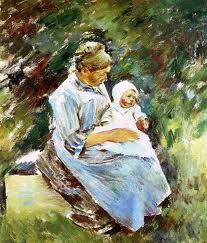
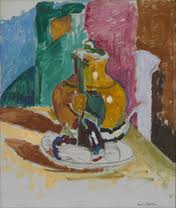
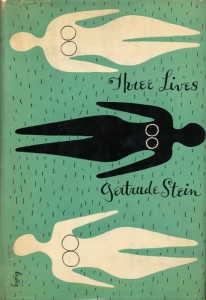




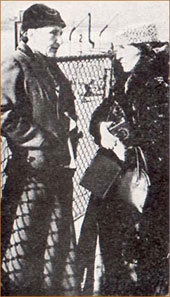
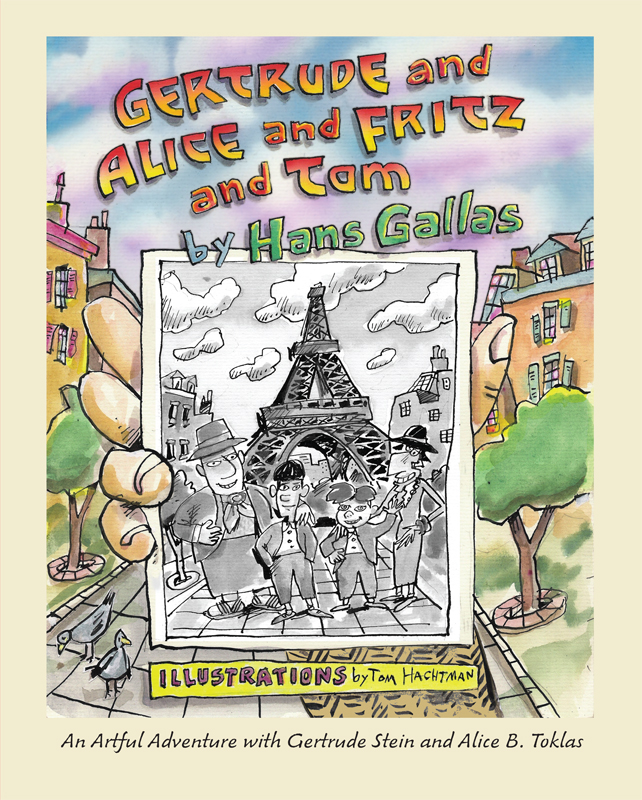
Leave a Reply
You must be logged in to post a comment.